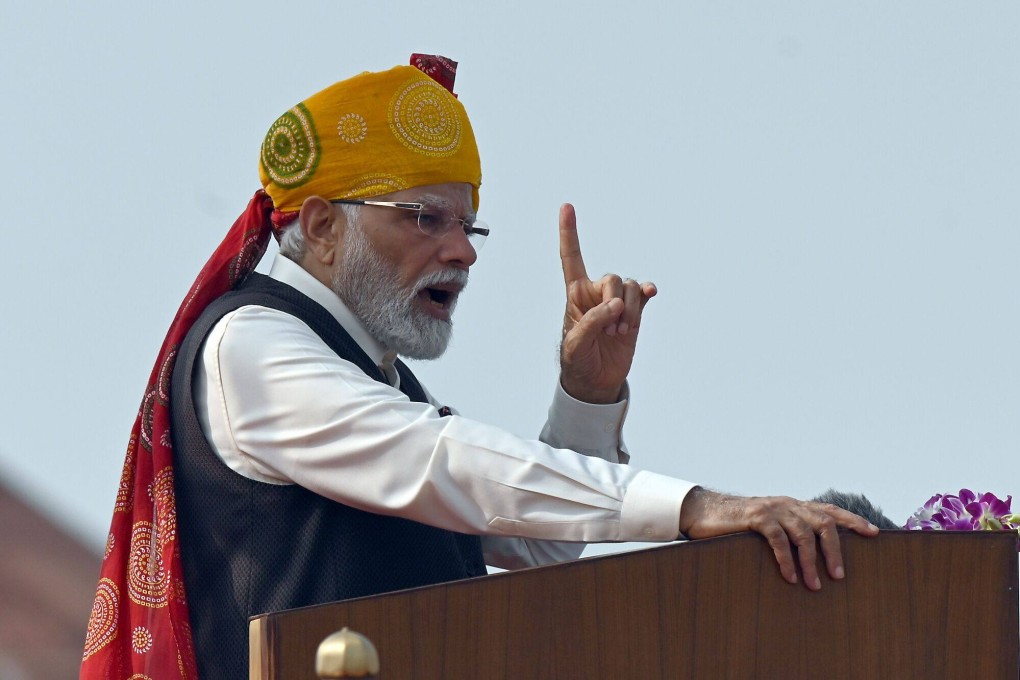Outside In | Forget world domination, India won’t catch up with China any time soon
- Even the most India-positive forecasts expect it to spend half a century to overtake the US economically, to take second place behind China
- India’s policymakers should focus instead on opening up their economy and recognising that it can still be a huge driver in the global economy

His “reform, perform, transform” mantra involves dreaming big. He was possibly dreaming of those halcyon days up to 1870 when India and China counted as the world’s two largest and most powerful economies.
But a dream does not make a plan. And in the nine years since Modi came to power, his plans to propel India to the top table of the world’s most powerful economies remain largely that – plans.
To be fair to Modi, his government’s economic performance is respectable after decades of stagnation and disappointment. India’s gross domestic product has grown by about 6 per cent every year on average since 2014, reaching an all-time high of 9.1 per cent last year – impressive in light of the upheavals of the Covid-19 pandemic and recession in many parts of the world.
